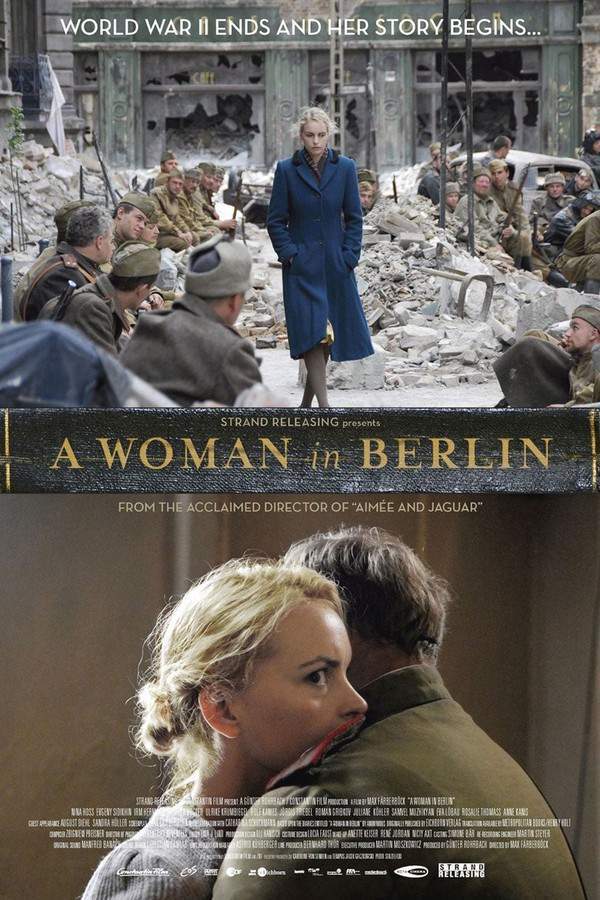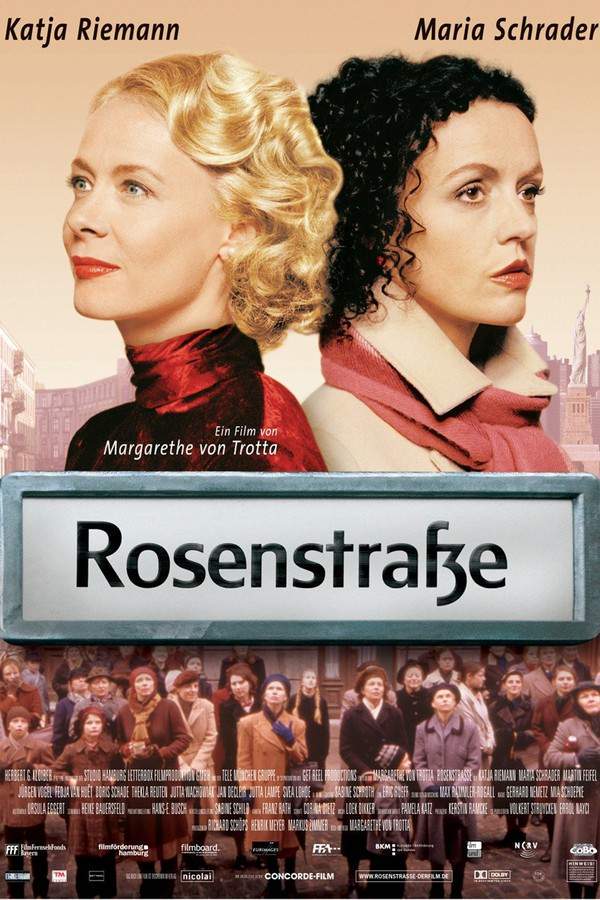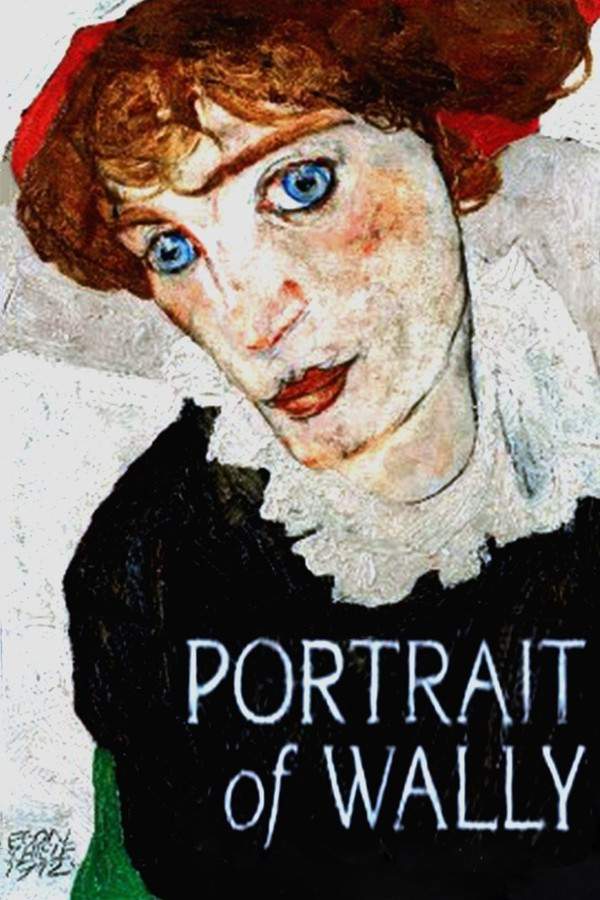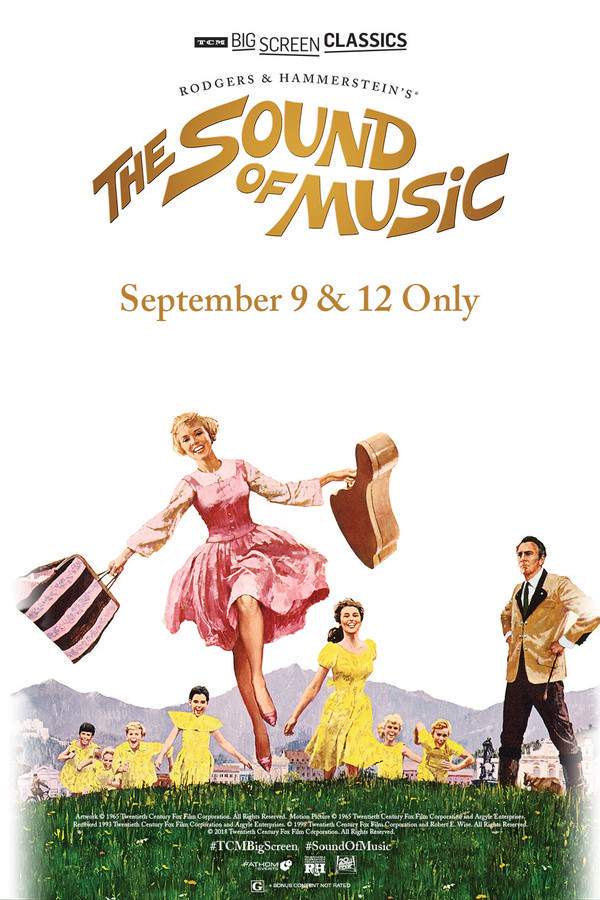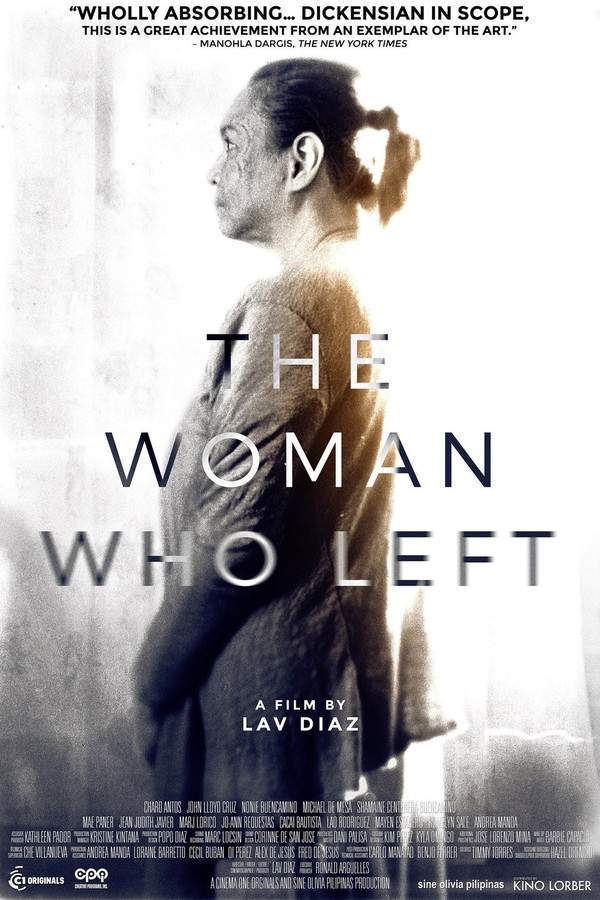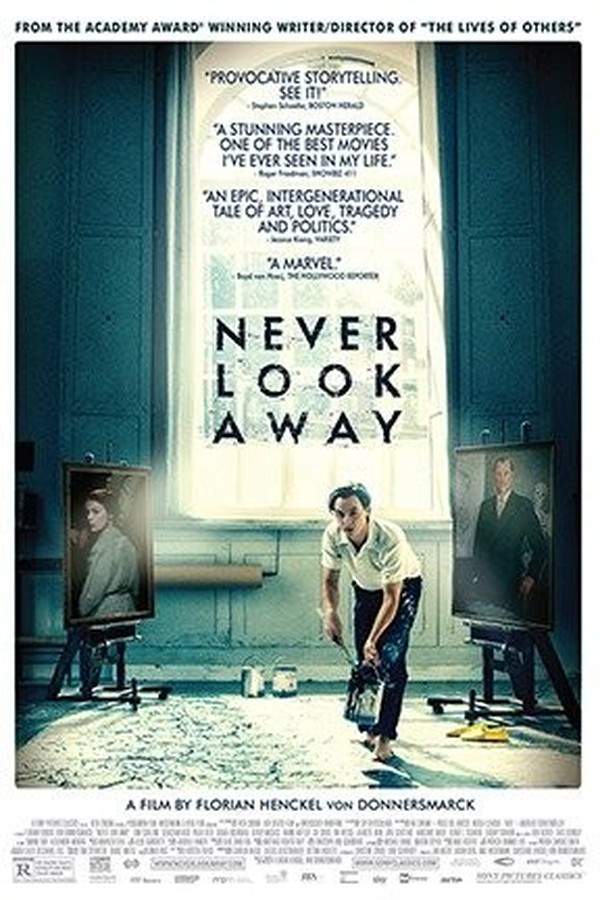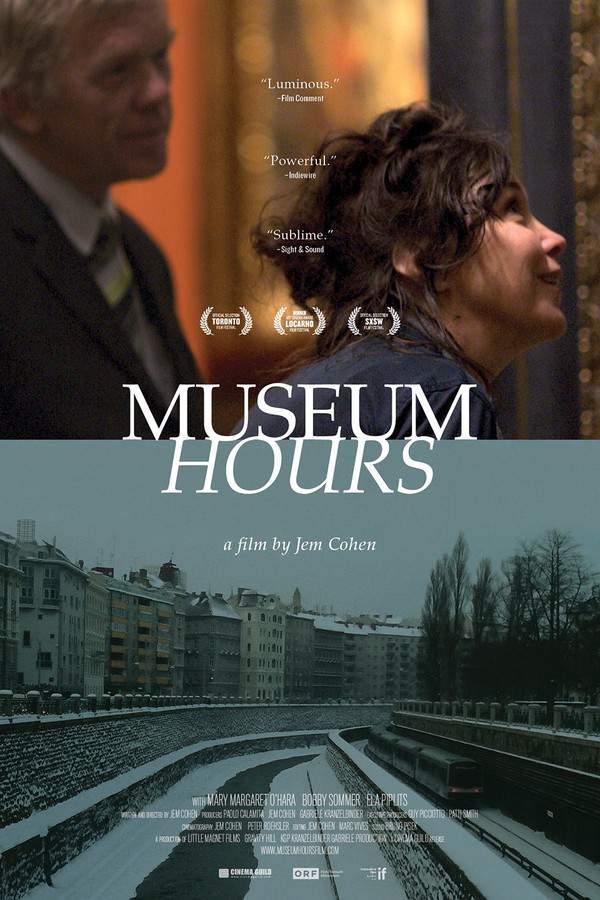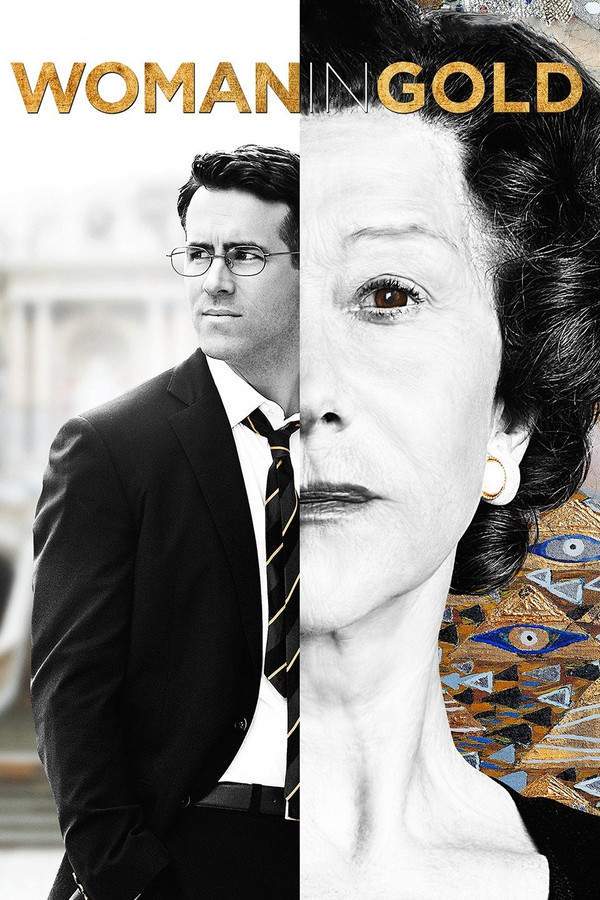
Woman in Gold
Year: 2015
Runtime: 109 min
Language: English
Director: Simon Curtis
Budget: $11M
After World War II, Maria Altmann, an elderly Jewish woman, begins a determined fight to recover artwork stolen from her family by the Nazis. With the help of lawyer Randy Schoenberg, she challenges Austria's government, seeking the return of Gustav Klimt's famed painting "Lady in Gold." Their legal battle takes them through the courts and ultimately to the U.S. Supreme Court, exposing long-held secrets and confronting Austria's history.
Warning: spoilers below!
Haven’t seen Woman in Gold yet? This summary contains major spoilers. Bookmark the page, watch the movie, and come back for the full breakdown. If you're ready, scroll on and relive the story!
Woman in Gold (2015) – Full Plot Summary & Ending Explained
Read the complete plot breakdown of Woman in Gold (2015), including all key story events, major twists, and the ending explained in detail. Discover what really happened—and what it all means.
As Maria Altmann, portrayed by Helen Mirren, reflects on her life during her sister’s funeral in Los Angeles, she is suddenly transported back to the harrowing days of the Anschluss. In this turbulent period, Nazi forces invaded Vienna, wreaking havoc on Jewish families and leading to their desperate flight. Maria’s recollections are tinged with heartbreak, especially as she remembers the agonizing choice that forced her family to flee to the United States, leaving her parents behind.
In the present, a twist of fate introduces Maria to a set of letters from the late 1940s, igniting a powerful journey to reclaim art looted during her family’s escape from Austria. Central to this quest is “The Woman in Gold,” a beloved portrait of her aunt, Adele Bloch-Bauer. With renewed determination, Maria enlists the help of E. Randol Schoenberg, the son of her dear friend Barbara, played by Ryan Reynolds. Although inexperienced, Schoenberg is eager to take on the challenge of retrieving the painting from the grasp of Austria’s art restitution board.
Returning to her homeland is a daunting task for Maria, as she faces a hostile minister and art director, steadfast in their belief that the painting has become intertwined with Austria’s national identity. Yet, as they piece together the truth, it surfaces that the alleged will granting the gallery ownership of the painting holds no validity. Digging deeper uncovers a bitter reality: Adele Bloch-Bauer did not truly own the work, as her husband had covered the artist’s fee on her behalf, and the Nazis, along with a complicit curator, had seized the family heirloom.
Despite their challenges, Schoenberg bravely files a formal appeal with the art restitution board, only to see their requests denied and Maria’s financial resources dwindle. Consequently, they return to the United States, their aspirations of finding justice still unhealed. It’s in this moment of despair that Schoenberg stumbles upon the striking image of “Woman in Gold,” which sparks a renewed fire in him. Utilizing a narrow legal precedent and applying a retroactive art restitution law, he forges an argument against the Austrian government’s claim.
The case eventually reaches the Supreme Court of the United States, where a landmark ruling favors Altmann, igniting a frenzy as the Austrian government desperately tries to convince her to keep the painting for the gallery’s sake. However, the process is fraught with tension, especially as Maria and Schoenberg have a heated disagreement over their approach. In a dramatic shift, she consents to allow him to present their case before three arbitrators in Vienna, who hold the power to decide the painting’s fate.
Upon their arrival in Austria, Schoenberg’s fervent appeal to the arbitration panel transcends mere legal arguments—it’s a profound reminder of the human cost of the atrocities committed during the Holocaust. He poignantly urges them to look beyond the art galleries and see the families shattered by the greed of the past.
In a surprising turn, Maria appears at the arbitration session, underscoring her unwavering resolve for justice. As the panel deliberates, Schoenberg’s passionate plea resonates deeply, presenting a moral challenge that they cannot overlook. Ultimately, the arbitration panel sides with Altmann, delivering a ruling that reverberates throughout the art community.
In a last-ditch effort, the representative from the Austrian government implores Maria to reconsider, offering a generous compensation to keep the painting within the esteemed Belvedere gallery. Defiantly, she declines, choosing to accept Ronald Lauder’s proposal to purchase the artwork for a New York gallery, insisting that it be displayed as a permanent exhibit—a powerful symbol of justice and the relentless pursuit of reclaiming what was unjustly taken.
Last Updated: November 22, 2024 at 15:43
Unlock the Full Story of Woman in Gold
Don't stop at just watching — explore Woman in Gold in full detail. From the complete plot summary and scene-by-scene timeline to character breakdowns, thematic analysis, and a deep dive into the ending — every page helps you truly understand what Woman in Gold is all about. Plus, discover what's next after the movie.
Woman in Gold Timeline
Track the full timeline of Woman in Gold with every major event arranged chronologically. Perfect for decoding non-linear storytelling, flashbacks, or parallel narratives with a clear scene-by-scene breakdown.

Characters, Settings & Themes in Woman in Gold
Discover the characters, locations, and core themes that shape Woman in Gold. Get insights into symbolic elements, setting significance, and deeper narrative meaning — ideal for thematic analysis and movie breakdowns.

Similar Movies to Woman in Gold
Discover movies like Woman in Gold that share similar genres, themes, and storytelling elements. Whether you’re drawn to the atmosphere, character arcs, or plot structure, these curated recommendations will help you explore more films you’ll love.
Explore More About Movie Woman in Gold
Woman in Gold (2015) Scene-by-Scene Movie Timeline
Woman in Gold (2015) Movie Characters, Themes & Settings
Woman in Gold (2015) Spoiler-Free Summary & Key Flow
Movies Like Woman in Gold – Similar Titles You’ll Enjoy
Klimt (2007) Ending Explained & Film Insights
For a Woman (2014) Story Summary & Characters
Watermarks (2005) Spoiler-Packed Plot Recap
A Woman in Berlin (2009) Movie Recap & Themes
Rosenstrasse (2004) Film Overview & Timeline
Portrait of Wally (2012) Detailed Story Recap
The Nazi Officer's Wife (2003) Complete Plot Breakdown
Death in Love (2009) Plot Summary & Ending Explained
Bride of the Wind (2001) Plot Summary & Ending Explained
The Sound of Music (1965) Spoiler-Packed Plot Recap
A Good Woman (2006) Story Summary & Characters
The Woman Who Left (2017) Plot Summary & Ending Explained
Never Look Away (2019) Film Overview & Timeline
Museum Hours (2013) Film Overview & Timeline
Blood & Gold (2023) Complete Plot Breakdown






